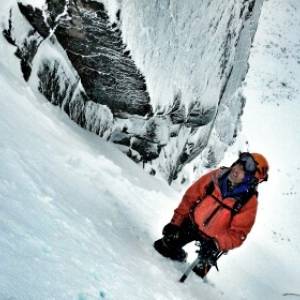Oldies
Today's group had an age range of 65-86 (Team IttH excluded) - so physical challenge was never our objective, rather my brief was to inform and entertain. I'd been warned that this was a knowledgeable crowd, so it was fun to be able to get into a bit more detail.
When we hit the short climb (120m) a couple dropped put, but the remaining 16 made their way up to the day's first oldie - the church of St John's in the Vale. The current building dates from 1845, but Christian worship has been recorded here for well over 600 years, it's hard to think of a church in a more beautiful spot. But as we'll soon see - that's but the blink of an eye in this corner of the Lakes.
Cresting Low Rigg we could see Tewet Tarn in front and to our right Castlerigg Stone Circle - or more accurately the bright jackets of those visiting the circle. This Neolithic monument, aligned to the solstice, has been a place of celebration for 5000 years and more - but still hardly the time it would take the true ancients of this valley to stifle a yawn. It always amuses me that millennia later any suggested purpose is mere guesswork. But for me I always think it must simply have been a place to pause and give thanks, surrounded by the majesty of the high fells, ancient man must have had a good insight into his place in the universe.
Before us now lies the Skiddaw Group - the oldest rocks in the Lake District, some of the oldest in our land. They form part of the metamorphised sedimentary bed layer of the Ordovician period 485-443milliom years old, a time when micro organism life exploded, and then died back, leaving a uniquely identifiable fossil record around the world. These rounded impressive hills (those who know the Lake District will be unsurprised to know that Cross Fell to the East and Black Combe to the South are part of this ancient group) are in places 5000m thick and around 40-50 million years older than the more prevalent Borrowdale and Coniston Volcanic Groups that give the distinctive and dramatic rocky shapes South and into the Central Lake District. Whilst these volcanic groups tell their own impressive tale, the creation of the ancient land of Avalonia, relatively little is known of their older time rounded neighbours (the Ordovician period, whilst defined in 1879, was only officially recognised in 1960), I kinda like their mysterious nature.
If you were to travel a little bit further North them the importance of Avalonia, it's role in the very creation of our island, the dramatic coming together of landmasses that added Scotland and Ireland to England (the join runs along the Solway Firth and under the Cheviots) well.... well that's a tale for another day.
With age comes a certain kind of beauty, today we saw it in many forms.

Comments
Sign in or get an account to comment.


